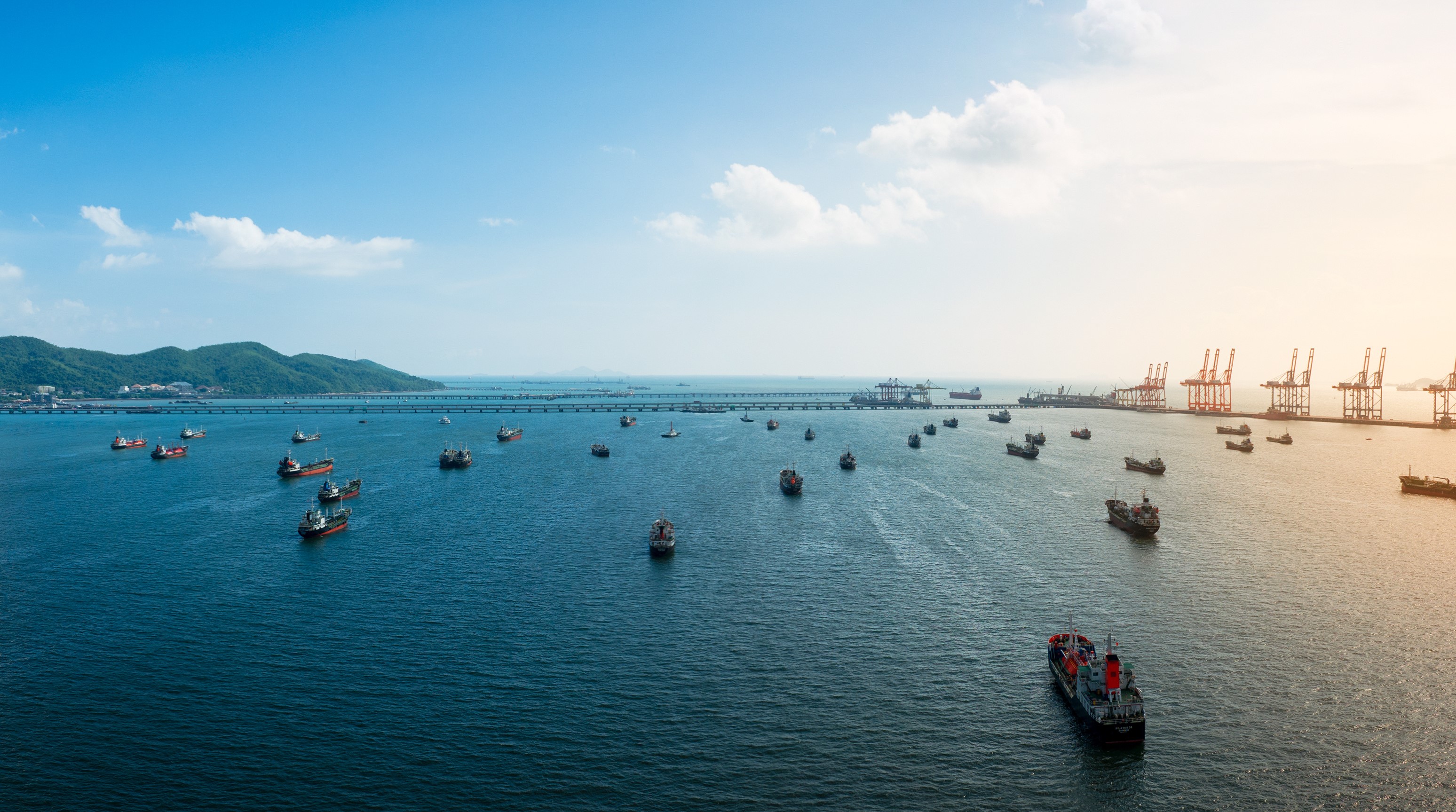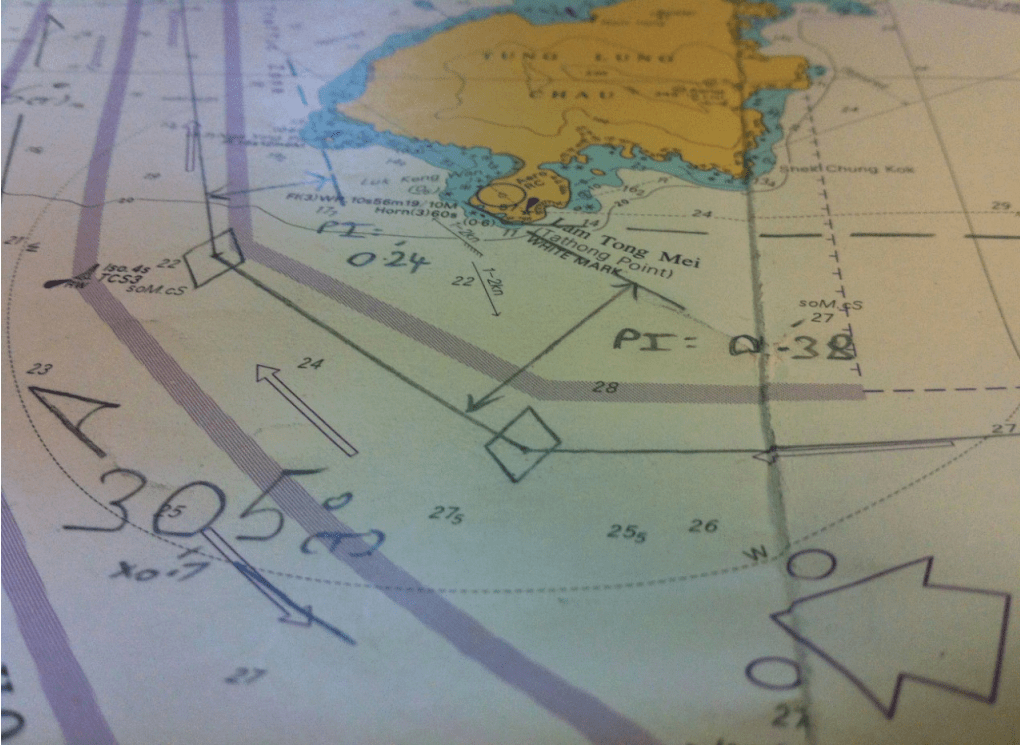
Passage Planning in Confined Waters & Traffic Separation Schemes
Loss Prevention Bulletin
During a close quarters situation, vessels may have to alter course, resulting in either a collision or a grounding. These incidents can be more likely to take place while navigating in high traffic areas where many vessels have been using very similar passage plans.
Navigators should be aware that in busy waters off headlands, shoal patches and within Traffic Separation Schemes, many vessels may be following similar tracks and altering course at waypoints plotted in very close proximity to one another.
IMO Resolution A.893(21) 'Guidelines for Voyage Planning' states that:
“All information relevant to the contemplated voyage or passage should be considered” including the “volume of traffic likely to be encountered throughout the voyage or passage”.
The Guidelines also state that:
“Factors which should be taken into account when executing the plan, or deciding on any departure therefrom include: traffic conditions, especially at navigational focal points.”
When planning passages through confined waters or within Traffic Separation Schemes, navigating officers should consider the possibility of laying off or plotting courses away from the shortest route. This may reduce the risk of having to take action in accordance with the International Regulations for Preventing Collisions at Sea to avoid other vessels converging on similar waypoints or following the same track.
The additional distance is unlikely to be significant. Moreover, vessels plotting waypoints and laying off tracks further from a headland, shoal or dog-leg course alteration in a Traffic Separation Scheme may find themselves with more sea room to manoeuvre if necessary.
Members requiring further guidance should contact the Loss Prevention department.
